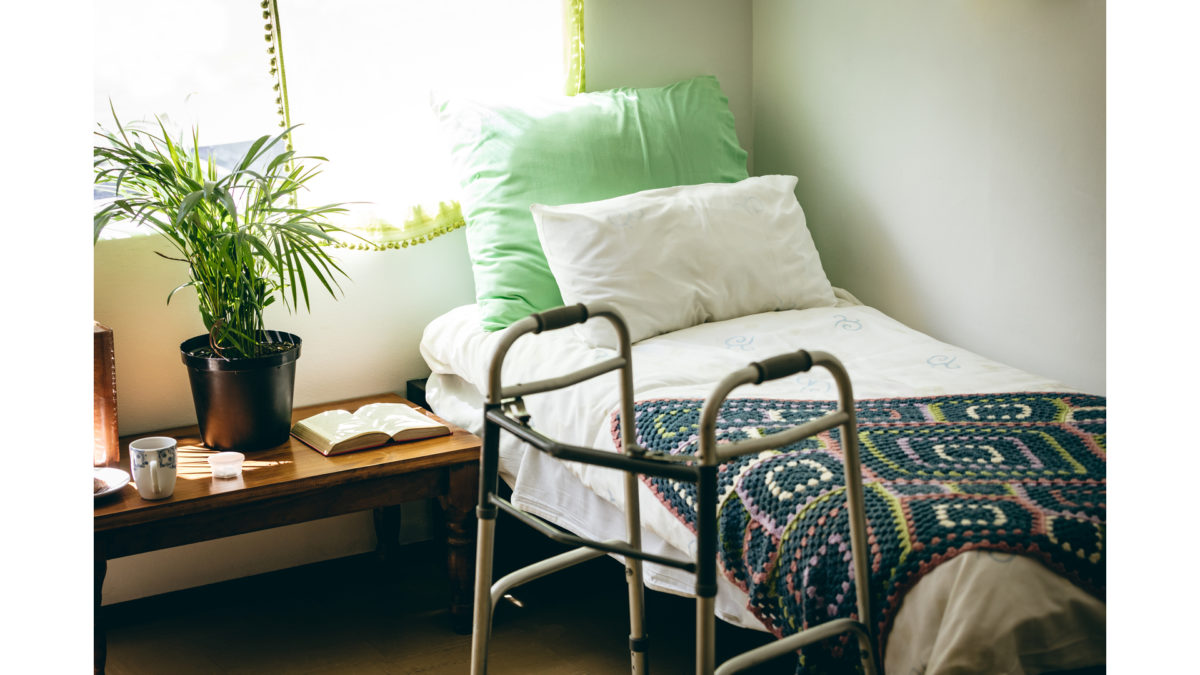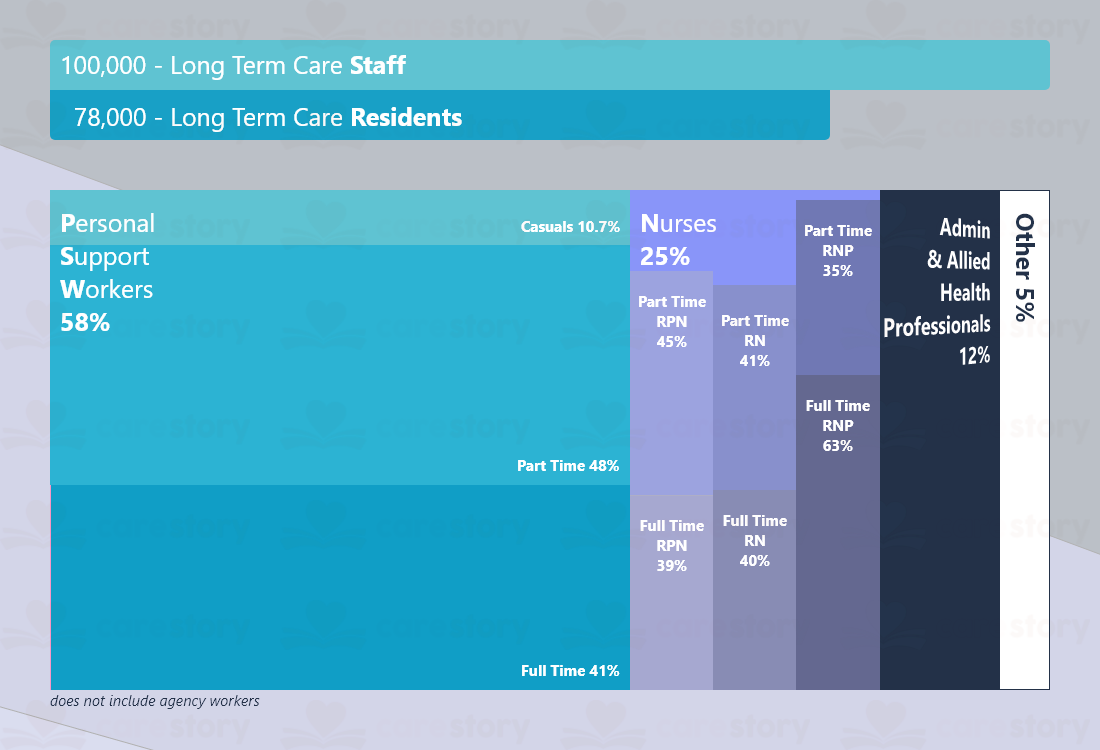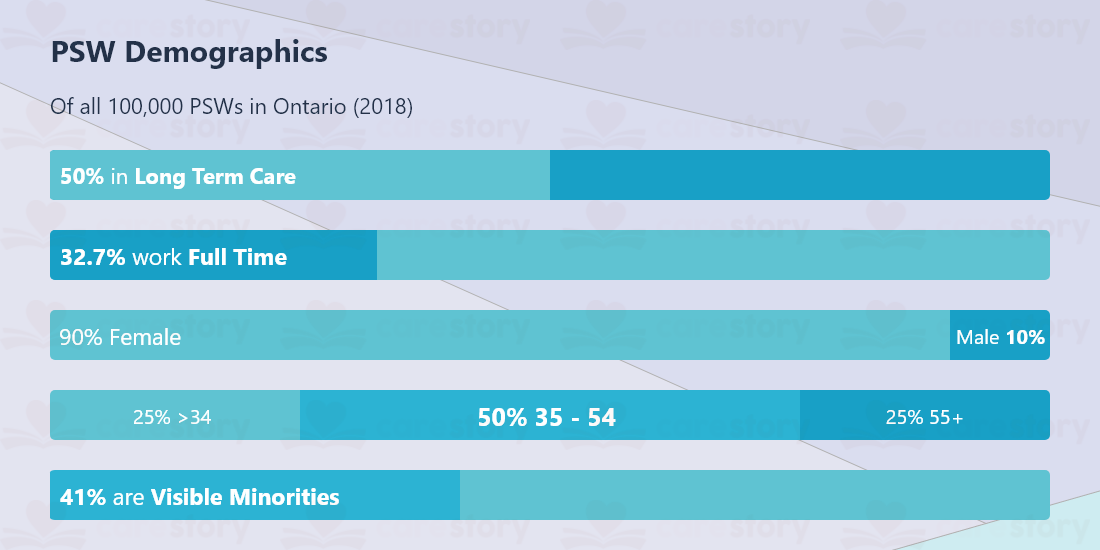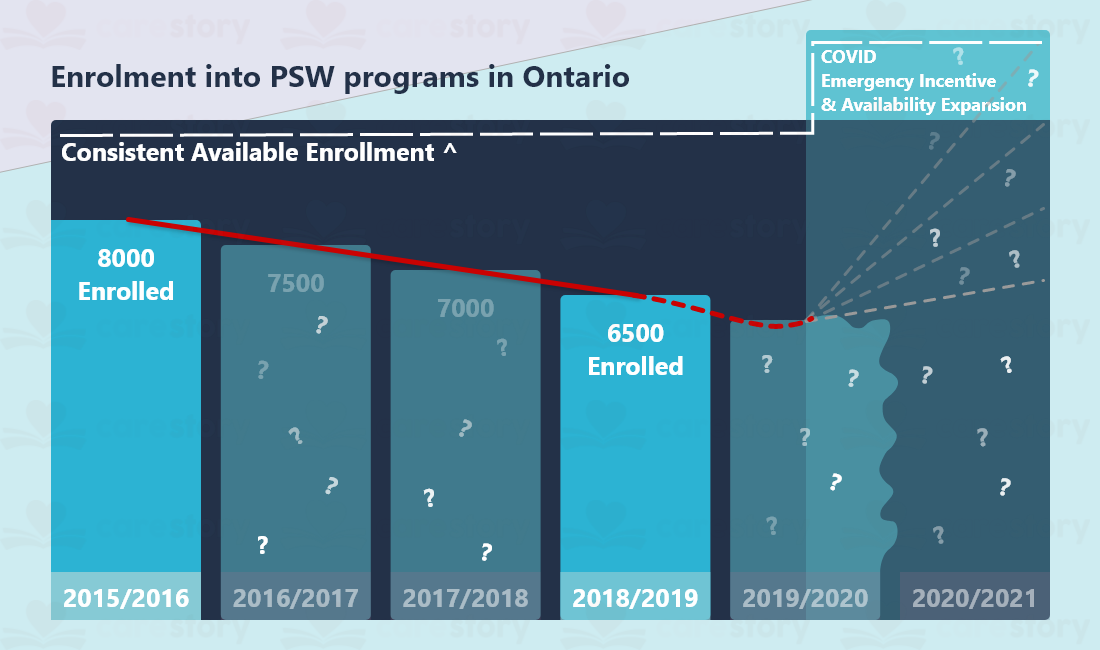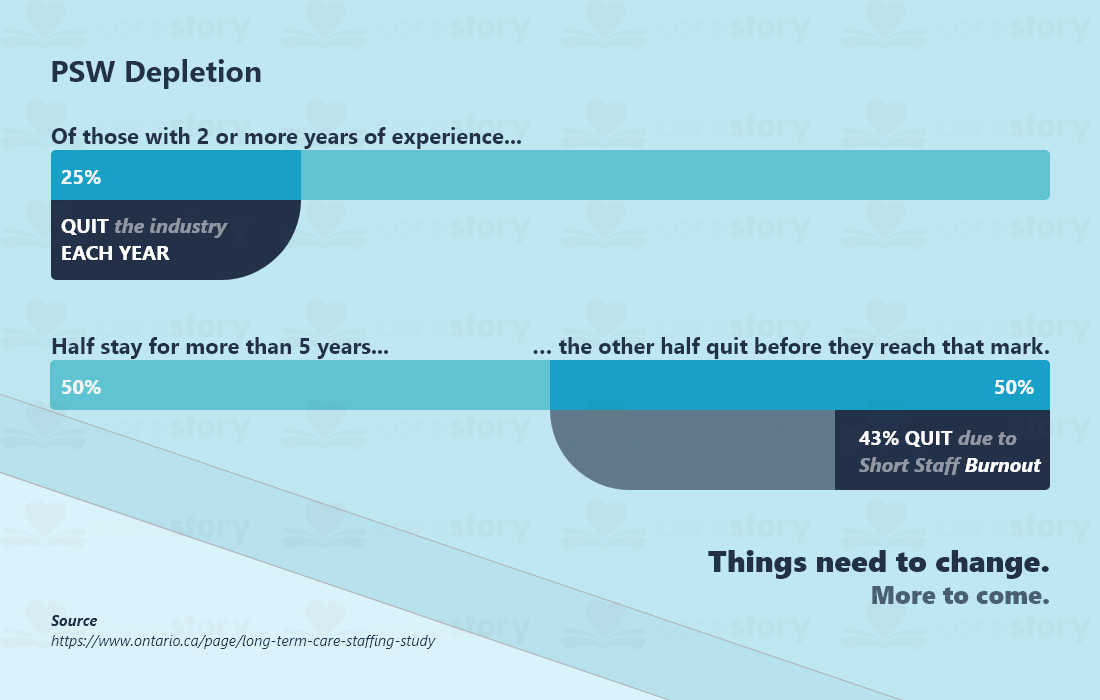First off, if you did not know that the https://www.lgbtagingcenter.org/ exists… now you do, and you’re welcome. Furthermore the acronym has happened Intersex and Allies. Thus the current version is LGBTQIA+, double welcome.
Quick LGBT History.
So why is this important, you may ask. And it’s a fair question to ask. It’s 2021, most of us probably have that gay friend or relative and we know that they are ok people. We say this as we live in cities with active communities and neighborhoods. But it was not always like this. When it comes to long-term care, those who are now at the age where a nursing home or assisted living facility is something to consider still have fresh in their mind the events that lead to Pride from the 60s. Here I’m talking about the Stonewall riots, arguably the most significant event in the liberation movement across North America. The LGBT youngsters of the time, those struggling with their identity, or those born shortly after having memories of anti-gay legislation, violent discrimination, and the bloody clashes that happened in the summer of 1969.
Exactly one year after the riots, the first Pride event was hosted. With the aim to commemorate the events and show the community’s solidarity against oppression.
Aging
Yes, as fabulous as some of us may be, we still age. Often times with a dire need for additional care. And as mentioned above, the 2020 urbanite who has LGBTQI+ in their network may disregard one’s sexual preference and treat them like any other person. You know, like the intent behind the whole liberation movement. But now, think those aforementioned activists and rebels who were on the front line in 1969. The participants of the various initiatives shortly after. All these people harbor a strong distrust of government institutions, such as law and healthcare. Furthermore, legal recognition of same-sex couples is a recent development. They have been discriminated against by these systems for decades. Adoption laws did not recognize same-sex couples.
There is only one sad conclusion to be drawn. The aging LGBT community often ends being comprised of isolated, lonely, childless, and potentially impoverished individuals. The loneliness epidemic, which we wrote about in the past, is stronger felt by the aging LGBTQs.
Care
With the above in place, there is little to no support network for these individuals. This in turn makes care more challenging in some circumstances. Be it the embedded mistrust of the system, or the caregiver’s personal biases or expectations from LGBTQI+ individuals. Whatever the case, it remains important for the service provider/caregiver to educate themselves on the best practices to interact with individuals coming in with different backgrounds, histories, and trauma. When it comes to the LGBTQI+ there are plenty of resources on the internet to facilitate the institutional or individual’s educational process. On this topic, another great resource is The National LGBTQIA+ Health Education Center, specifically this practical guide.
The extra mile
If you’re reading this and know of people who are living relatively isolated lives be it at home or retirement homes, there are 2 ways you can improve their long-term well-being. The Advance Care Plan, and caregiver education.
The Advance Care Plan
This is the millennia of TikTok, YOLO, and Carpe Diem. But to Live Laugh Love long time, we need to take care of our future selves with some of the decisions we make today. The idea of an advance care plan is nothing new, it is something that gets missed. It simply implies writing down how we want to be cared for when and if we are no longer able to take care of ourselves. How do you want to be called? What are some of your favorite routines, music, shows? …when should they pull the plug?
We all die. Most of us will need some form of care before we get there. We should have a say on how that care is provided. And for members of a historically discriminated against group, such a plan will hold accountable those slower to change and ensure one’s wishes will be respected.
Caregiver Education
We’re getting there. Organizations such as the Registered Nurses’ Association of Ontario have dedicated interest groups to help bring awareness. But when it comes to personalized care, it’s also important to have some of the details of that Advance Care Plan or the input from the guardian/primary_caregiver at hand. Technology, such as CareStory, but not only, can help facilitate this. Consider what solutions would best help you, your home, your residents, your co-workers or your friends have a higher satisfaction when engaged in the care process.
Conclusion
- Pride is a show of solidarity that was born out of a violent clash between the LGBT Comunity and the Police in New York in the 60s.
- LGBTQ adults have experienced historic, systemic, discrimination. They are wary of trusting institutionalized care.
- LGBTQ older adults are more likely to be alone and impoverished.
- Awareness groups and professional organizations are making efforts to make the system more accessible and inclusive.
- LGBTQIA+ individuals should consider the importance and creation of an Advance Care Plan.
- Communicating care preferences directly or through proxy via technology such as CareStory will improve the quality of care one receives.









